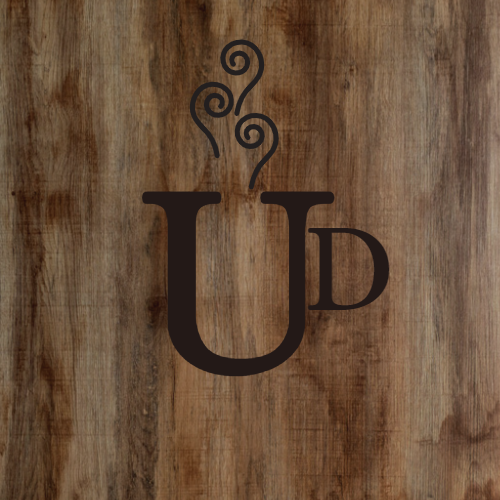A few summers ago, I got the idea for a prompt journal. It was around that time I realized my biggest adversary in my creative life wasn’t rejection, impostor syndrome, or people being rude on the internet. What gets me down the most is burnout. Writer’s block, art block, whatever you want to call it.… Continue reading Escape Writer’s Block with The Burnout Journal
Month: August 2024
The Unquiet Slumber of Ashes and Ice: finale
Part: 5/5 read part one Wordcount: 296 Synopsis: Amy returns to the mountain range on her own time. I returned to the region in summer of two-thousand six. There were several sites of archeological interest in the valley, and I didn’t have much else to do. It’s really a beautiful place in the summer. The… Continue reading The Unquiet Slumber of Ashes and Ice: finale
The Unquiet Slumber of Ashes and Ice: part 4
Part: 4/5 (read part one) Wordcount: 1,121 Synopsis: The next morning calls everything into question. I wasn’t troubled when I awakened the next morning by the fire alone. I knew it had been a dream. The only thing that bothered me was the fact that the whole expedition hadn’t been a dream. The morning… Continue reading The Unquiet Slumber of Ashes and Ice: part 4
The Unquiet Slumber of Ashes and Ice: part three
Part: 3/5 read part one Wordcount: 1,303 Synopsis: Amy encounters the legendary boy-king. I had been photographing sites for years. I had been to a lot of places and seen a lot of strange things. You’re bound to encounter strange things when you make it your life’s work to pry into the buried chambers of… Continue reading The Unquiet Slumber of Ashes and Ice: part three
The Unquiet Slumber of Ashes and Ice: part two
Part: 2/5 (read part one) Wordcount: 1,327 Synopsis: Amy and Lyle go over the pictures from the day’s work. A restless night follows. “Man, that’s about enough to knock me out,” said Lyle, pulling off his heavy knit cap as we staggered into the lodge at long last. None of us could really claim to… Continue reading The Unquiet Slumber of Ashes and Ice: part two
The Unquiet Slumber of Ashes and Ice: part one
Part: 1/5 Wordcount: 1,120 Synopsis: A photographer working on an archaeological site uncovers a mysterious tomb. They had found the tomb of a boy king. Almost all cultures have a legend of a boy king at some point, like the lady warrior, or the prophet bard. The most notable thing about this lost mountain people… Continue reading The Unquiet Slumber of Ashes and Ice: part one
